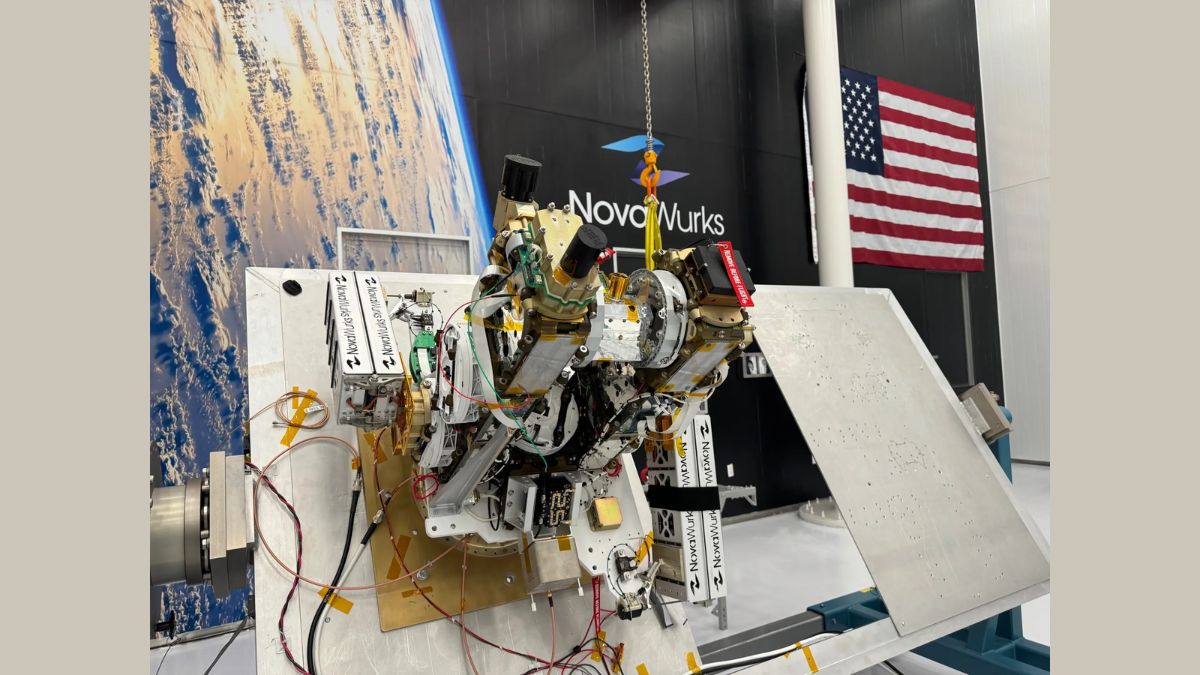
NASA is testing new scalable satellite tv for pc expertise to combine and launch scientific sensors sooner and at decrease price. NASA’s Athena EPIC (Economical Payload Integration Price) mission makes use of a compact, modular spacecraft platform that “shares assets among the many payloads onboard” so every instrument would not want its personal management system. By offloading routine capabilities to the bus, this structure guarantees “decrease prices to taxpayers and a faster path to launch”. Langley leads the mission, which is able to fly as a SpaceX rideshare in mid-2025 to check the idea in orbit. It might expedite deployment of local weather and climate sensors and speed up future missions.
Scalable Satellite tv for pc Platforms and Demonstration Missions
According to official web site, NASA and business companions are creating modular small satellite tv for pc platforms. The Athena EPIC spacecraft is constructed from eight interlocking Hyper-Built-in Satlet (HISat) modules that kind a “SensorCraft” bus, simplifying integration of a number of devices. In parallel, NASA’s Pathfinder Expertise Demonstrator (PTD) sequence makes use of a regular six-unit (6U) CubeSat bus (by Terran Orbital) that may be reconfigured rapidly. The PTD-3 mission, launched in 2022, carried MIT Lincoln Laboratory’s TBIRD optical-communications payload and achieved a report 200 gigabits-per-second laser downlink from orbit.
Business companions are concerned as effectively: Blue Canyon Applied sciences constructed the 2 CubeSats for NASA’s CubeSat Laser Infrared Crosslink (CLICK) mission, and can provide 4 for the forthcoming Starling formation-flying demo. These standardized buses and partnerships pace integration and testing of latest satellite systems.
Quicker Deployments, Decrease Prices, and Scientific Good points
These scalable satellite tv for pc buses promise to chop mission prices and cycle occasions. As a substitute of the billion-dollar platforms of previous, the brand new “SensorCraft” design can slash prices to the single-digit hundreds of thousands per mission. Smaller satellites are cheaper to construct and simpler to exchange if failures happen. Furthermore, by reusing present components, groups can speed up growth – for instance, Athena’s optical sensor was assembled from spare parts of NASA’s CERES climate-observation satellites. NASA officers observe that, “as satellites change into smaller, a much less conventional, extra environment friendly path to launch is required” to maximise science return.
